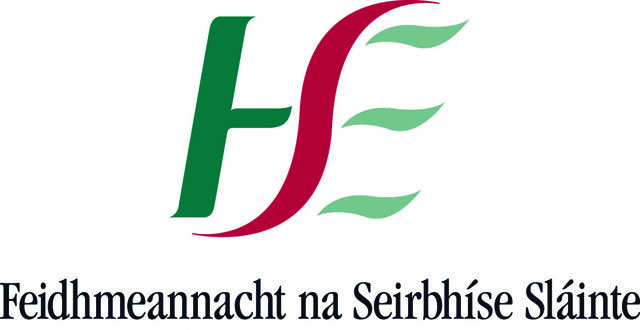Recent rises in hospital admissions are linked to post-lockdown injuries, increased frailty and the ongoing impact of the cyberattack on the health service, according to HSE Chief Clinical Officer Dr Colm Henry.
In his sixth memo to staff following the ransomware on HSE IT systems in May, Dr Henry outlined how trolley numbers in hospitals had increased due to greater emergency department (ED) presentations and subsequent hospital admissions.
Hospital length of stays have also risen amid slow internal HSE processes as IT systems continue to recover and increased unscheduled admissions.
“This week has seen a sustained increase in ED presentations, both GP referrals and self-referrals. However, while in recent weeks the increased footfall did not convert to admission, it did so this week,” said Dr Henry.
“Hence, trolley numbers have risen, and we share an awareness and concern about the added strain and risk this generates. Colleagues in the Emergency Medicine programme have attributed this to post lockdown injuries, increased frailty, and the duration of the cyberattack.
“Length of stay is also increasing on acute sites because of the preponderance of unscheduled admissions and the persistent slowing of internal systems.”
Dr Henry added that this week “the requirement to restore internet access to enable many clinical applications has been escalated”.
But he cautioned that systems would have been fully restored and protected for this to occur and explained the need for caution as systems recover.
“International experience has shown that 56 per cent of organisations who have experienced a cyberattack experience a second attack and 10 per cent of organisations are attacked by an agent that has been within their system for three years.”
He said around 40 per cent of HSE email accounts could not be restored “in the medium term”.
“ICT will provide limited internet access to critical applications and are preparing a list of priority sites. They expect to test wider internet access in approximately 10 days (4 July).”
As the risks of patient harm and clinical errors have increased due to the attack, the State Claims Agency has received in paper 1,400 national incident report forms of patient incidents and near misses since the cyberattack, said Dr Henry. Such reports are usually filed electronically.
“The onerous task of uploading backlogs and reconciling patient records is progressing and the level of stress and risk involved in this process is well recognised. As this work progresses evidence of incidents and near misses emerge. It is critical therefore that we continue to manage these risks to mitigate them where possible, identify, report, and manage incidents and share lessons learned to prevent recurrence.”













Leave a Reply
You must be logged in to post a comment.